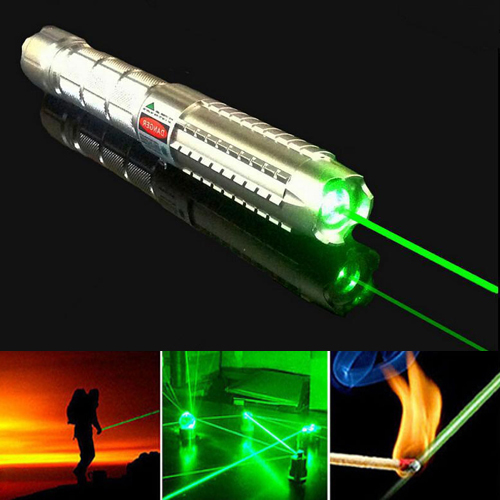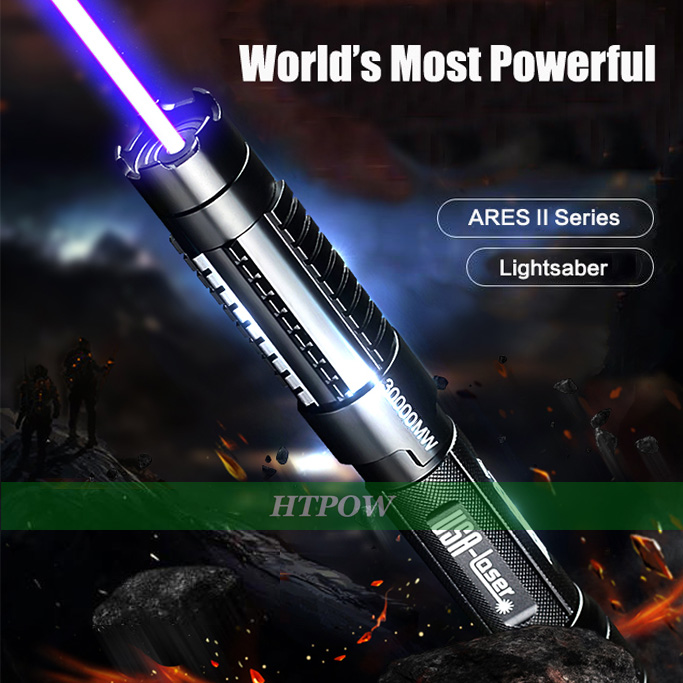Laser engraving is a mature process in heavy industry, used to mark and engrave tools, assets, products, etc. However, it was only recently that startups began to adopt it as a service for end users and the public. Laser engraving is the process of engraving, cutting or marking materials using laser technology through a strong Laser pointer beam.

Traditionally, engraving is done with a rotating knife, which scratches the surface of the material to create surface marks. These types of engraving machines are usually accurate to an accuracy range of 0.5 – 1mm, and the best possible marking is limited by the size of the rotating tool. The smaller the tool, the slower the machine moves to prevent damage to the workpiece and tool. This is the advantage of laser engraving. The laser engraver does not physically touch the workpiece, so the machine can work faster and truly becomes a consumable free machine.
At the high end, the laser engraving machine is compatible with many different types of software and design files, contains durable parts that are not easily damaged, uses a powerful laser that can cut through a variety of materials, and can run at precise and fast speeds. These high-end laser engraving systems also provide a comprehensive service package and warranty to protect you from expensive repair costs in the event of a failure, and include many convenient and practical features to make them easier to operate.
At the low end, laser engraving machines are usually imported from foreign factories, where low-skilled workers use cheap plastic to piece together work engraving machines. Key components are usually 3D printed with low-cost plastic, and the use of weaker blue laser pointer can save costs. The manufacturer will not provide a warranty for the product, if you can hold them to provide replacement parts for malfunctions or malfunctions, you are lucky. Cheap laser engravers also often use cheap alternative versions of the most popular design software, which means you need to skip all steps to make your design fully functional.

First of all, you should share the material to be processed (length * width * height, air permeability) and other specific requirements, such as additional drawing functions, punching functions, etc. We will make the first round of judgments based on experience. If necessary, we will perform a demo cut for you, and then we will share the video with you and discuss possible solutions.
